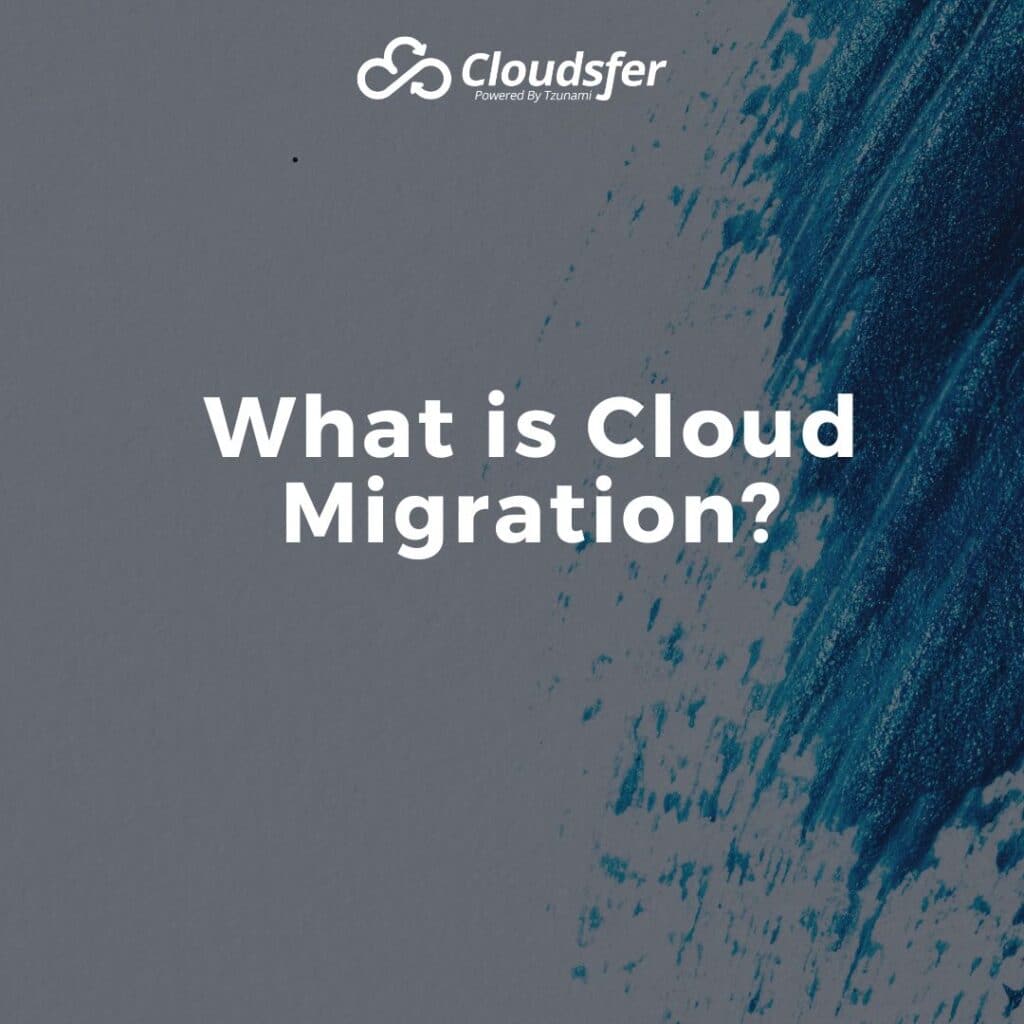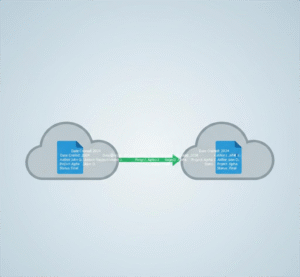Cloud migration is the transferring of data, digital assets, services, IT resources, applications or other personal and/or business content from an individual’s or an organization’s onsite computer to the cloud, or moving them from one cloud premise to another. Cloud to Cloud migration involves transferring data between different cloud premises, while cloud service migration involves moving data from one cloud storage service to another. Utlizing a cloud migration tool in the migration process secures sensitive data and ensures no data is left behind.
Cloud migration may also entail migrating a total company’s infrastructure, where computing, storage, software and platform services are transferred to the cloud for access.
Transitioning to the cloud or migrating from cloud to cloud presents several technical challenges. Some of these include:
Privacy, merging remotely stored and managed data, data migration flexibility and maintaining integrity, ensuring minimal downtime and business continuity, security via encryption methods and efficiency and convenience of the cloud migration tool (a.k.a interoperability and optimal UX/UI).
So what are the benefits of cloud migration?
Cloud computing provides increased scalability of company resources, reduced operational costs and optimizes responsivity to clients while limiting infrastructure costs. It is suited to clients wanting to increase their presence geographically without delving into multi-region infrastructure challenges. It provides a solution to those with increasing storage needs, and is convenient for companys wanting to outsource, allowing team members convenient remote access, via the cloud, to IT resources. Cloud computing systems also often automatically upgrade server software, which can otherwise be a time consuming nuisance.
Cloudsfer provide a professional and user-friendly cloud migration tool that allows for multi-user migration and flexible scheduling. Contact us or register today.






